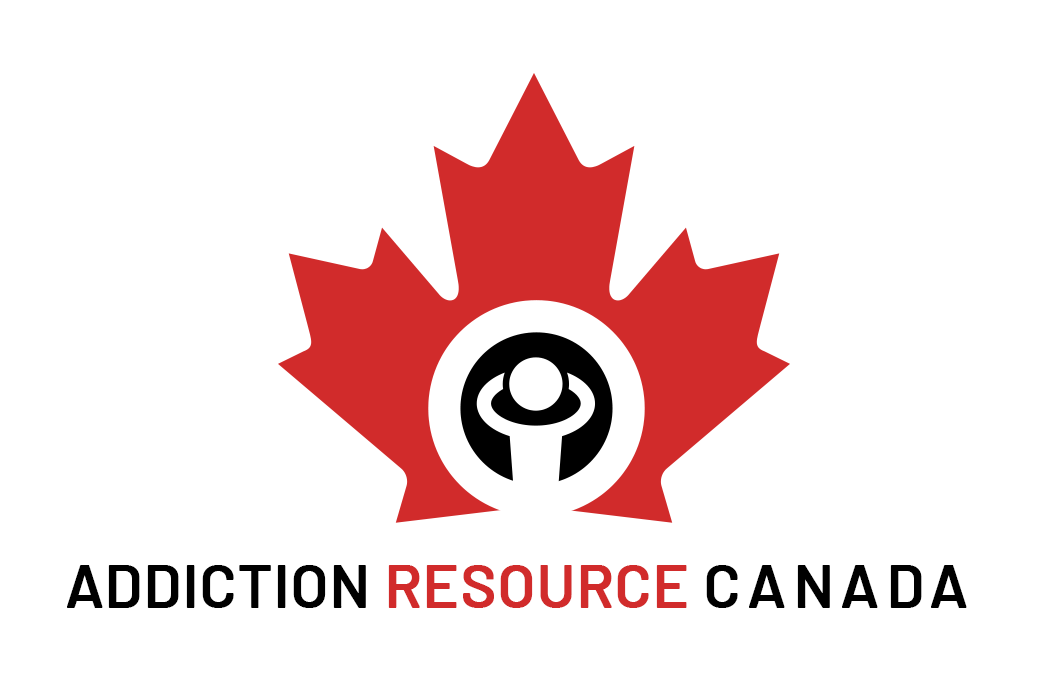Trauma: PTSD and OSI
- Violence, assault, or bullying, including any of the following:
- Childhood physical, sexual, or psychological abuse;
- Domestic violence or assault;
- Sexual assault or abuse;
- Being a victim of, or participant in, war;
- Crime;
- Non-violent events or experiences such as accidents, natural disasters, neglect, and extreme deprivation;
- Witnessing or learning of someone else’s trauma in any of the following ways:
- Witnessing firsthand a traumatic event occurring to someone else;
- Learning of traumatic events experienced by loved ones;
- Exposure (often repeated) to the details of severe traumatic events: two examples are first responders collecting human remains and police officers processing information regarding incidents of child abuse.

Post-traumatic stress disorder (PTSD) symptoms are severe enough to cause a person distress or functional impairment in important areas of life such as close relationships, social interactions, or occupational performance. PTSD symptoms last for longer than a month and include the following:
- Frequent re-experiencing of the trauma through memories, nightmares, and flashback, also through negative emotional or physical reactions to reminders of the trauma;
- Avoidance of reminders of the trauma, also avoidance of thoughts and feelings related to the trauma;
- Having negative thoughts and feelings about oneself and the world, frequently being in a bad mood, having decreased interest in activities, feeling isolated from others;
- Being more excitable or reactive than usual, including increased irritability or aggression, increased risky or destructive behavior, being more easily startled or always on the lookout for danger, having difficulty concentrating or sleeping;
- Depersonalization or derealization: feelings of detachment from oneself or the feeling that things are not real.
Post-traumatic stress disorder (PTSD) increases the risk of substance addiction because people often try to manage PTSD symptoms by using addictive substances with a number of different intentions, such as the following:
- To reduce the intensity of re-experiences of the trauma such as flashbacks and nightmares, and of reactions to reminders of the trauma;
- To improve their mood and to have more positive thoughts and feelings;
- To be more calm and less excitable or reactive;
- To feel more sociable or socially competent.
Unfortunately, when a person with post-traumatic stress disorder (PTSD) develops an addiction disorder, they usually experience a further decline in physical and mental health, and an increase in psychological distress. As the combined disorders produce more severe negative effects on the person and their life, recovery becomes more difficult, and the need for treatment becomes more urgent.
Operational stress injuries (OSI) can have symptoms similar to post-traumatic stress disorder (PTSD) but are caused by a series of smaller traumas or stressful events over a long period of time. Individuals with OSI’s may have diagnoses other than PTSD including acute stress disorder, adjustment disorder, or an anxiety or depressive disorder.

